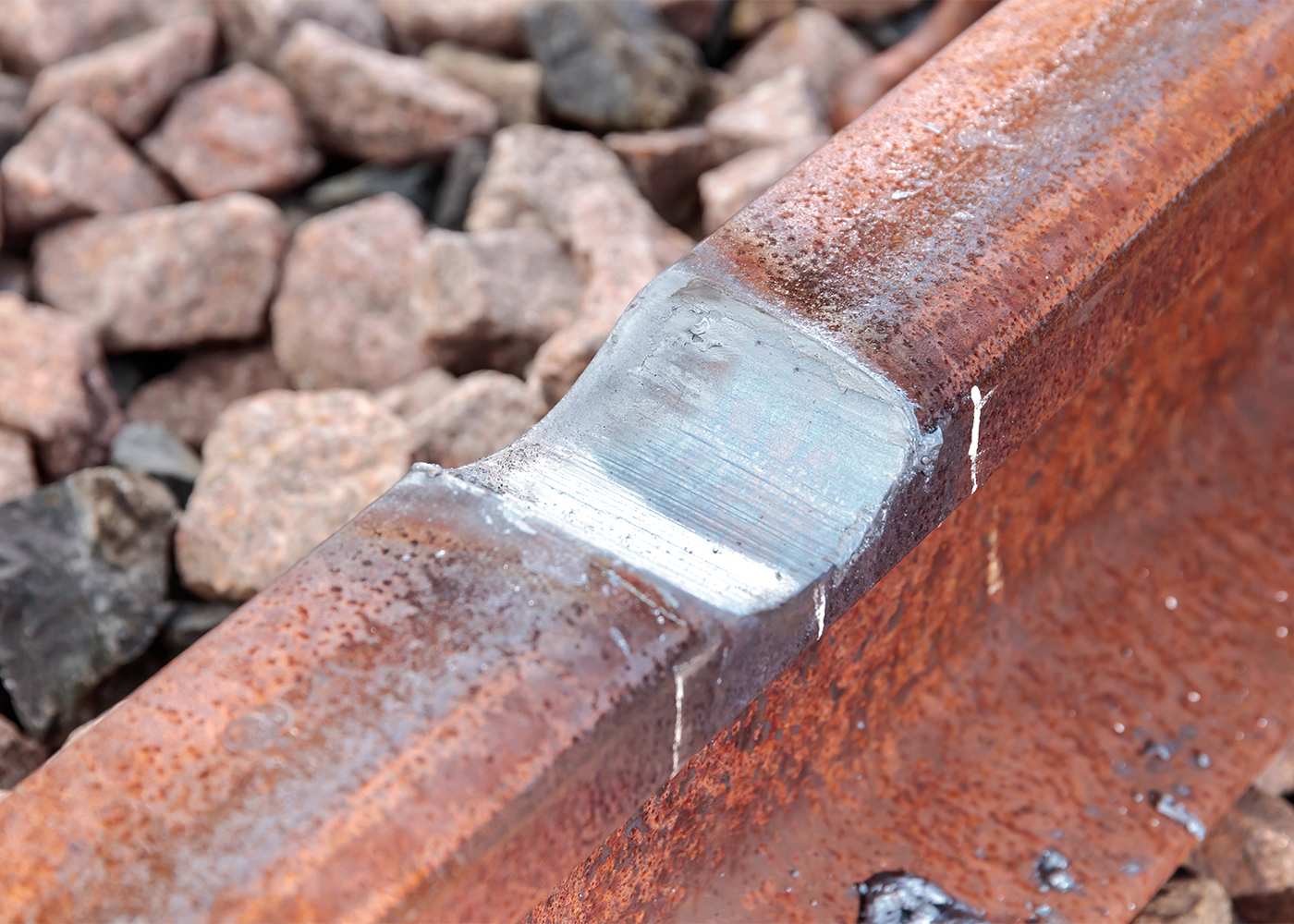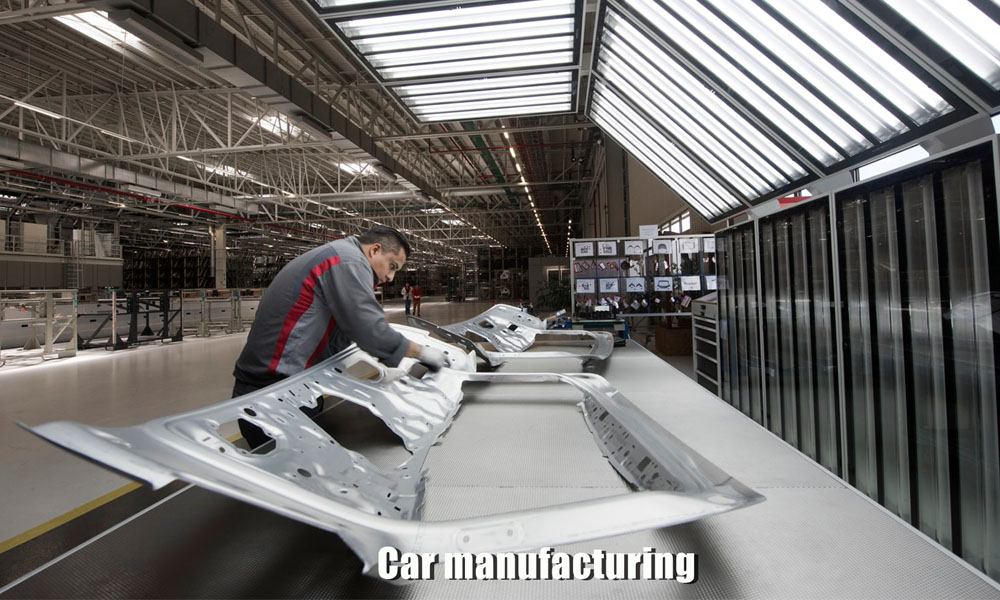All About Welding: Trick Insights Into Techniques and Finest Practices for Success
Welding encompasses a variety of methods, each matched for details materials and applications. Comprehending these techniques, such as GMAW, SMAW, and TIG, is important for achieving suitable outcomes. The right devices and security methods can not be ignored. As preparation and repairing play important duties in the welding process, understanding these components can significantly enhance the quality of the end product. What are the crucial variables that guarantee a successful weld?
Understanding Different Welding Techniques
Welding techniques incorporate a range of methods, each fit to specific applications and products. Among the most usual strategies are Gas Steel Arc Welding (GMAW), Protected Steel Arc Welding (SMAW), and Tungsten Inert Gas Welding (TIG) GMAW, likewise known as MIG welding, is popular for its speed and convenience, making it suitable for thin materials. SMAW, or stick welding, is favored for its simpleness and performance in outside environments, specifically with thicker metals. TIG welding provides accuracy and control, making it appropriate for detailed job and non-ferrous steels (Belgrade). Each method has its special benefits and factors to consider, permitting welders to pick the very best technique based upon the project's requirements, product kind, and desired outcomes. Recognizing these strategies is necessary for successful welding
Necessary Welding Equipment and Devices
While various welding strategies require specific abilities, the right devices and devices are similarly necessary for achieving quality outcomes. Necessary welding equipment includes welding devices, which vary depending upon the method-- such as MIG, TIG, or stick welding. Safety gear, including handwear covers, headgears, and aprons, warranties security and convenience during the procedure. Additionally, components and clamps assist secure materials in area, guaranteeing precision in welds. Consumables like welding rods, cord, and protecting gas are also essential parts that influence the top quality of the weld. Devices such as cutters and grinders promote surface area prep work and post-weld finishing, contributing to a professional outcome. Buying top quality tools inevitably improves the efficiency and performance of welding jobs.
Safety Practices in Welding
Correct safety practices are crucial in the welding market to shield employees from possible threats. Welders must wear ideal individual protective equipment (PPE), including helmets with appropriate shading, gloves, and flame-resistant apparel. Adequate ventilation is crucial to lower exposure to dangerous fumes and gases created during the welding procedure. In addition, workers ought to be learnt the appropriate handling of welding tools to avoid accidents. Fire precaution, such as maintaining combustible products away from the welding location and having fire extinguishers readily offered, are required. Regular evaluations of tools and work spaces can help identify possible dangers prior to they bring about crashes. By sticking to these safety and security practices, welders can produce a more secure working environment and decrease threats related to their trade.
Readying Materials for Welding
Preparing materials for welding is a crucial action that considerably affects the high quality and integrity of the last product (Montana Mobile Welding and Repair Belgrade). Appropriate preparation includes cleansing the surfaces to remove impurities such as rust, oil, and dust, which can jeopardize the weld. Techniques such as grinding, sanding, or utilizing solvents are frequently utilized to accomplish a clean surface. Additionally, making certain that the products mesh snugly is vital; gaps can cause weak welds. It's likewise important to think about the placement and positioning of the components, as this will affect the ease of welding and the final outcome. Finally, picking the appropriate filler product and making certain compatibility with the base steels is vital for achieving strong, resilient welds
Tips for Getting High-Quality Welds
Attaining top notch welds needs interest to detail and adherence to best techniques throughout the welding process. Appropriate joint prep work is necessary, guaranteeing surfaces are tidy and complimentary from contaminants. Selecting the ideal filler product and welding method based upon the base steels is important for optimal bonding. Maintaining constant traveling rate and angle while welding can promote and stop problems harmony. Additionally, controlling warmth input is necessary; excessive warm can result in bending and weakened joints. If needed, routinely examining the welds throughout the process permits for instant modifications. Ultimately, using ideal post-weld therapies, such as cleansing and tension relief, can enhance the durability and stability of the weld, ultimately ensuring an effective end result.
Fixing Typical Welding Issues
Welding typically provides difficulties that can affect the high quality and integrity of the end product. Typical problems such as best mig welder under 1000 porosity, irregular weld beads, and overheating can emerge, each calling for certain troubleshooting strategies. Comprehending these problems is necessary for welders to boost their abilities and accomplish suitable outcomes.
Porosity Issues Explained
Porosity can commonly be neglected, it stays an important problem in welding that can jeopardize the integrity of a finished product. Porosity describes the existence of little gas pockets within the weld bead, which can lead and compromise the joint to premature failing. high frequency welding This issue commonly occurs from pollutants, dampness, or inappropriate shielding gas protection during the welding procedure. To reduce porosity, welders need to verify that the base materials are dry and tidy, use suitable shielding gases, and maintain constant welding criteria. Consistently examining the equipment and setting can also assist recognize prospective issues prior to they materialize in the weld. Dealing with porosity successfully is crucial for attaining strong, resilient welds that fulfill quality standards.

Irregular Weld Beads
Inconsistent weld beads can considerably influence the quality and toughness of an ended up product. Various elements add to this concern, including inappropriate travel rate, wrong amperage setups, and inconsistent electrode angles. When the welder relocates as well rapidly, a grain may appear narrow and lack penetration, while moving too slowly can cause too much buildup. Furthermore, using the wrong amperage can result in either undercutting or excessive spatter, both of which concession weld stability. The welder's technique, such as irregular torch activity, can additionally result in irregular bead look. To mitigate these problems, welders ought to focus on preserving stable, regulated movements and making sure correct devices setups to achieve harmony in their welds. Consistency is essential to accomplishing solid and trusted welds.
Getting Too Hot and Warping Issues
Excessive warm throughout the welding process can cause considerable overheating and buckling issues, affecting the architectural honesty of the work surface. These issues usually materialize as distortion, which can jeopardize positioning and fit-up, making further assembly testing. Factors adding to why not look here overheating include the selection of welding parameters, such as voltage and take a trip speed, as well as the type of material being welded. To reduce these issues, welders need to preserve consistent traveling rate and suitable warmth input while keeping an eye on the workpiece temperature. Additionally, preheating or post-weld warmth therapy can help ease stress and anxieties brought on by quick cooling - Belgrade. Routine examination and adherence to best techniques are necessary in avoiding overheating and making certain the long life and dependability of bonded structures
Regularly Asked Inquiries
What Are the Career Opportunities in the Welding Industry?
The welding market provides diverse occupation possibilities, consisting of placements as welders, examiners, engineers, and educators. Specialists can function in production, building, aerospace, and vehicle sectors, taking advantage of strong demand and affordable wages in various roles.
Just How Can I Enhance My Welding Rate Without Compromising Quality?
To improve welding rate without giving up high quality, one should exercise effective techniques, keep devices, maximize setups, and boost hand-eye sychronisation. Routine training and seeking responses can additionally greatly add to accomplishing much faster, top quality welds.
What Accreditations Are Readily Available for Welders?
Numerous accreditations exist for welders, consisting of those from the American Welding Society (AWS), the National Facility for Building And Construction Education and Study (NCCER), and numerous industry-specific companies. These qualifications improve employability and demonstrate ability effectiveness.
How Does Welding Affect the Properties of Metals?
Welding affects the residential properties of metals by changing their microstructure, which can result in adjustments in ductility, solidity, and toughness. Warmth input and cooling prices during the procedure significantly impact these product qualities.
Can I Weld Dissimilar Metals With Each Other?
